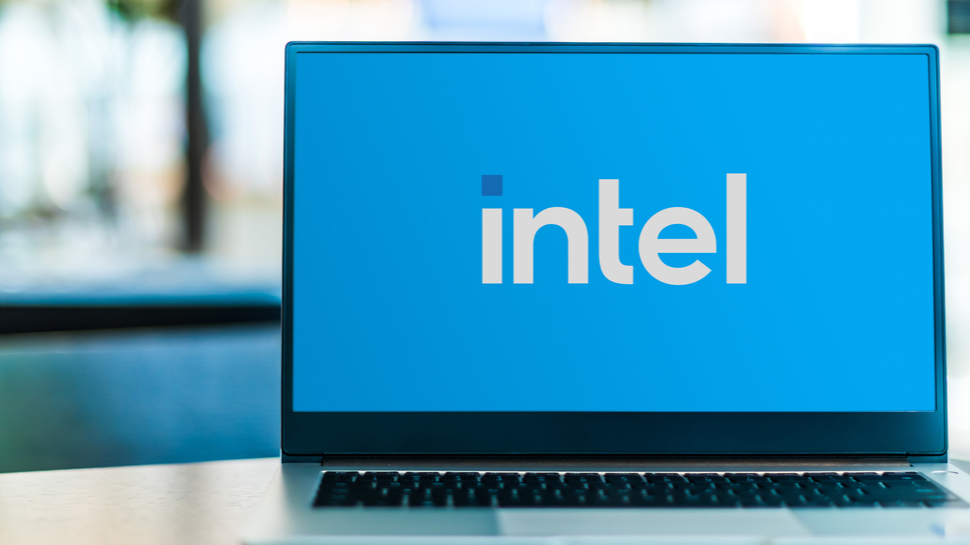Intel 11th gen chips offer a game-changing security upgrade
Intel chips deliver a serious blow to ransomware operators

Intel has set out a major upgrade for its 11th generation Core vPro processors, designed to shield against security threats at a hardware level.
At CES 2021, the company revealed its new business-centric processors will offer in-built features capable of detecting ransomware, which is considered to be one of the most potent cyberthreats today.
Technologies known as Intel Threat Detection (TDT) and Hardware Shield will run on the CPU directly, providing out-of-the-box protection independent of the software, firmware and operating system layers.
- We've built a list of the best ransomware protection services available
- Check out our list of the best malware removal software around
- Here's our rundown of the best endpoint protection services on the market
Intel also announced a new partnership with security firm Cybereason, which will integrate Intel TDT into its security platform in the coming months. According to both firms, this is the first example of hardware being used to detect the presence of ransomware.
“The combination of best-of-class hardware, software and security know-how provides defenders with full-stack visibility critical to ending the era of double extortion that is currently costing organizations hundreds of millions each year,” said Lior Div, Cybereason CEO.
Intel security innovation
As ransomware has evolved, it has become ever more adept at targeting holes in security software, says Intel. For this reason, a more comprehensive approach is required.
According to the Intel product brief, TDT analyses CPU metrics and behaviors to detect threats in real-time, with a negligible effect on overall performance. These threats might include “polymorphic malware, file-less scripts, cryptomining, ransomware and other targeted attacks,” wrote the firm.
Sign up to the TechRadar Pro newsletter to get all the top news, opinion, features and guidance your business needs to succeed!
“As threats are detected in real-time, Intel TDT sends a high-fidelity signal that can trigger remediation workflows [at a software level].”
Intel Hardware shield, meanwhile, is said to restrict lateral movement once an infection has been detected, preventing the injection of malicious code by locking up the BIOS.
“Ransomware was a top security threat in 2020, and software alone is not enough to protect against ongoing threats,” said Stephanie Hallford, GM of Business Client Platforms at Intel.
“Our new 11th gen Core vPro mobile platform provides the industry’s first silicon-enabled threat detection capability, delivering much-needed hardware-based protection against these types of attacks.”
- Here's our list of the best business computers right now
Via ZDNet
Check out all of TechRadar's CES 2021 coverage. We're remotely covering the online-only show to bring you all the breaking tech news and launches, plus a smattering of hands-on reviews.

Joel Khalili is the News and Features Editor at TechRadar Pro, covering cybersecurity, data privacy, cloud, AI, blockchain, internet infrastructure, 5G, data storage and computing. He's responsible for curating our news content, as well as commissioning and producing features on the technologies that are transforming the way the world does business.